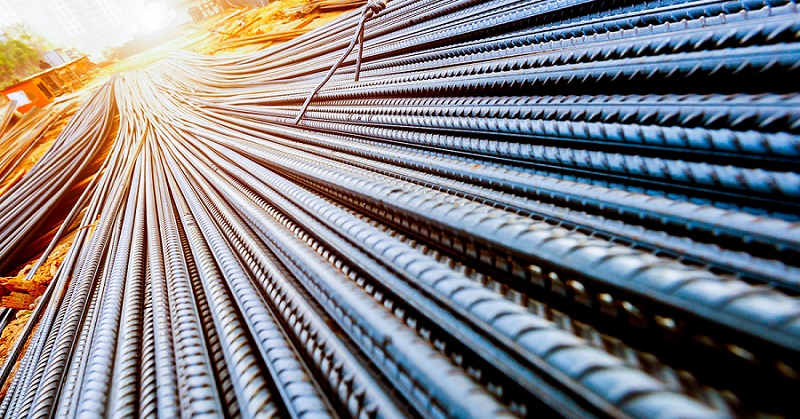Doing business

The International Association of Rebar Producers and Exporters IREPAS predicts that the first quarter of 2023 could be the worst for the global rolled steel market in a long time.
Rising raw material costs, high energy prices and reduced business activity could mean the rolled market in the first quarter will be worse than it was at the height of the coronavirus pandemic.
Although steel mills expect to end 2022 with strong profits thanks to a strong first half, companies will have to further cut output next year to minimize losses.
If companies continue to maintain production levels and sell at a loss, they are likely to face restrictive trade measures. Under these circumstances, it will take some time for the market to restore the balance between supply and demand.
“Steel buyers in the EU market have started to become nervous about what will happen after the holidays, as the anticipated longer revamps by mills will very likely limit supply,” Irepas said. “On the other hand, there is a big question mark over the weather conditions in the first quarter of next year. If temperatures remain mild, then demand for construction, which has been healthy so far, will pick up earlier and help mills to raise their prices.” Energy prices will ultimately underpin everything.
From January 1, 2023, the USA is introducing a new investment package “Buy American”, which will be a huge challenge for the EU.
“Maybe a new trade battle will start soon. Meanwhile, in China, a “quiet” potential withdrawal of the policy of zero control of the fight against COVID-19 could lead to an increase in demand for steel after the New Year,” the association summarizes.
As GMK Center reported earlier, the world rebar market continues to demonstrate instability. European producers are trying to boost demand, and export prices have risen in Turkiye. At the beginning of December, rebar quotations in Europe were estimated at €752.50/t ex-works, which is €32.5/t less compared to the previous week.
Source: https://gmk.center/ua/